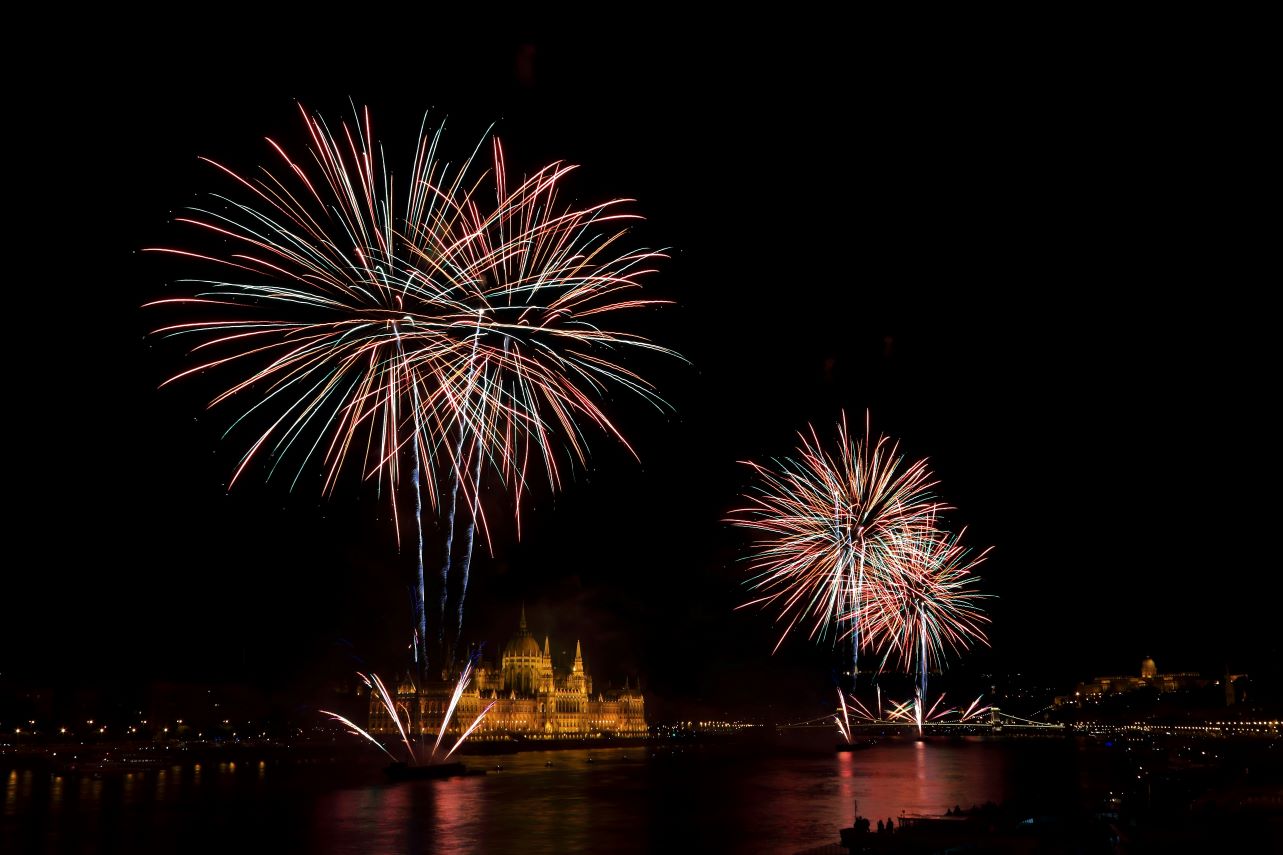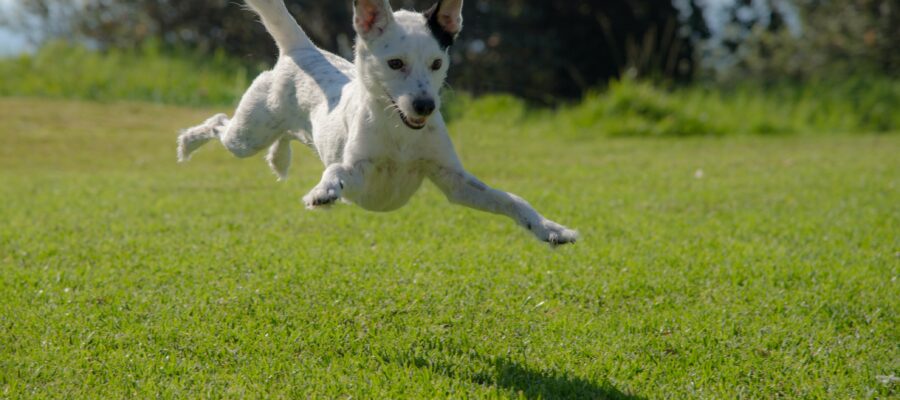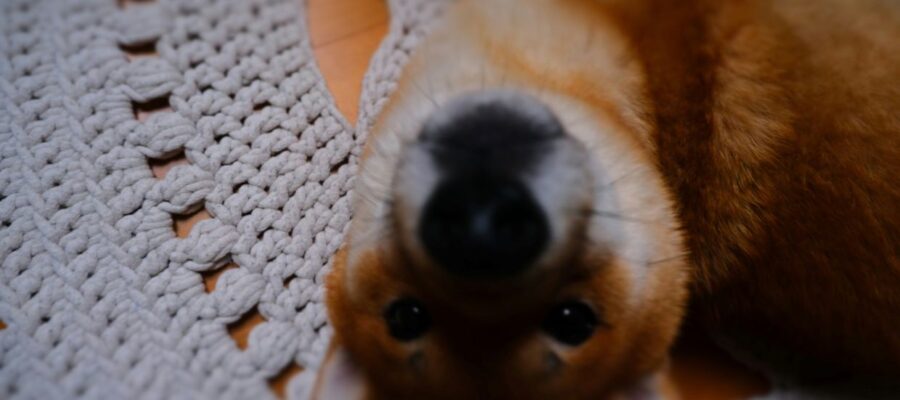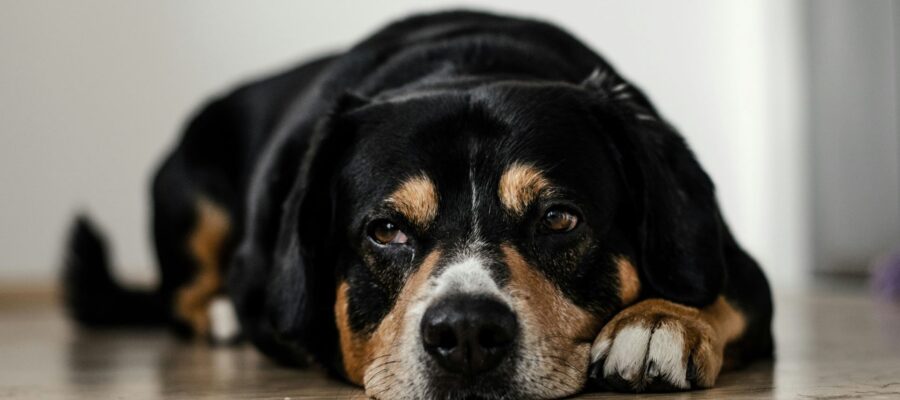
Why Fireworks Terrify Our Furry Friends: A Deeper Dive into Canine Fear
The Fourth of July, New Year’s Eve, and other celebratory occasions often light up the sky with dazzling fireworks displays. While we humans marvel at the colorful explosions, our canine companions often cower in fear. But have you ever wondered why fireworks cause such distress in dogs? Let’s explore the science behind their fear, learn how to recognize signs of distress, and discover effective strategies to soothe your anxious pup during these noisy celebrations.
The Sensory Overload: How Fireworks Affect Dogs
Dogs experience the world differently than we do, and their heightened senses play a significant role in their fear of fireworks:
- Auditory Assault: Dogs possess far superior hearing compared to humans. The loud, high-pitched bangs of fireworks can be physically painful and overwhelming to their sensitive ears. Imagine someone suddenly blasting a siren right next to your ear!
- Unpredictable Chaos: Fireworks are erratic by nature, with unpredictable flashes of light and bursts of sound. This unpredictability triggers a dog’s natural instinct to perceive the situation as dangerous and threatening.
- Vibrations Amplify the Fear: The deep vibrations produced by fireworks can also cause discomfort for dogs, particularly those sensitive to low-frequency sounds. These vibrations can feel like a physical threat, adding to their overall anxiety.
- Survival Instincts Kick In: The combination of loud noises and unexpected flashes of light triggers a dog’s fight-or-flight response, an evolutionary survival mechanism that prepares them to either confront or flee from perceived danger.
Fireworks in the Car: A Recipe for Canine Stress
While car rides can be fun for some dogs, traveling during fireworks displays can be a nightmare. The confined space, vibrations from the car, and the inability to escape the noise intensify their anxiety.
If you must travel with your dog during fireworks:
- Safety First: Secure your dog in a crate or with a harness and seatbelt for everyone’s safety. If you do not travel with a crate, don’t be suprised if your dog tries to go under one of the seats. This creates a tight safe space, however make sure that you drive very safe while your dog is vunerable.
- Reduce Stimulation: Cover the windows to minimize visual flashes and play calming music or white noise to mask the sounds.
- Comfort is Key: Bring along familiar items like their favorite blanket or toy.
- Stay Calm: Your dog mirrors your emotions, so project calmness and reassurance.
Spotting the Signs: How to Recognize Your Dog’s Fear
Understanding your dog’s body language is key to recognizing their fear and anxiety:
- Trembling and Shaking: A trembling body is a clear sign of stress.
- Cowering and Hiding: Your dog might try to hide under furniture or in a dark corner.
- Whining or Whimpering: Vocalizations can indicate fear or distress.
- Pacing or Restlessness: Anxious dogs might pace, unable to settle down.
- Destructive Behavior: Some dogs might chew on furniture or objects due to anxiety.
Calming the Canine Storm: Strategies to Soothe Your Dog
Sometimes avoiding fireworks is nearly impossible to do, especially on or around July 4th. If you know you will be exposed to the loud bangs of fireworks, here are some tips to help your dog get through this stressful holiday.
- Create a Safe Haven: Designate a quiet room or crate where your dog feels secure. Close the curtains, play calming music, and offer familiar bedding and toys.
- Distraction Techniques: Offer engaging toys like puzzle feeders or chew toys to redirect their attention. Play gentle games to keep them occupied.
- Comfort and Reassurance: Speak to your dog in a soothing voice, offer gentle pets, and let them know they’re safe.
- Pressure Wraps: Products like ThunderShirts can provide a comforting sensation of pressure, similar to a hug.
- Pheromone Therapy: Adaptil diffusers or collars release calming pheromones that can help ease anxiety.
- Desensitization: Gradually introduce your dog to recorded firework sounds at a low volume, rewarding calm behavior. Over time, you can increase the volume to help them acclimate.
- Medication: For severe anxiety, consult your veterinarian about anti-anxiety medication options.
FAQs: Why Are Dogs Afraid of Fireworks?
Q: Why are dogs afraid of fireworks?
A: Dogs have sensitive hearing and can find the loud, unpredictable noises of fireworks startling and overwhelming. The flashes of light and vibrations can also contribute to their fear. This triggers their natural fight-or-flight response.
Q: How can I tell if my dog is afraid of fireworks?
A: Signs of fear include trembling, hiding, whining, pacing, and destructive behavior. Some dogs may also pant heavily, drool excessively, or have dilated pupils.
Q: What can I do to help my dog during fireworks?
A: Create a safe space, use distractions, offer comfort and reassurance, try pressure wraps or pheromone therapy, and consider desensitization training. In severe cases, consult your veterinarian about anti-anxiety medication.
Q: Is it okay to take my dog to a fireworks display?
A: No, it’s best to leave your dog at home in a safe, secure environment during fireworks. The loud noises and crowds can be extremely stressful for them.
Q: How can I help my dog in the car during fireworks?
A: If you must travel with your dog, secure them in a crate or with a harness and seatbelt. Cover the windows, play calming music or white noise, and bring comfort items.
ChowPow’s Helping Paw: Easing Medication Time
If your veterinarian prescribes medication for your dog’s anxiety, ChowPow can make administering it easier. The tasty meaty flavor of ChowPow can mask the taste of pills or capsules, encouraging your dog to readily accept their medication. Just add a sprinkle of the powder onto a spoon and place the medication either on top or mixed in, and let your dog lick it up. Not only will this help your dog, it also eliminates fatty treat-like pill pockets or the stress of trying to force a pill down your dogs throat.
Learn More: Administer Medication To Dogs With Ease
Remember: Never force your dog to confront their fears. Be patient, understanding, and supportive. With the right approach, you can help your furry friend cope with the stress of fireworks and enjoy a calmer, more peaceful experience.






